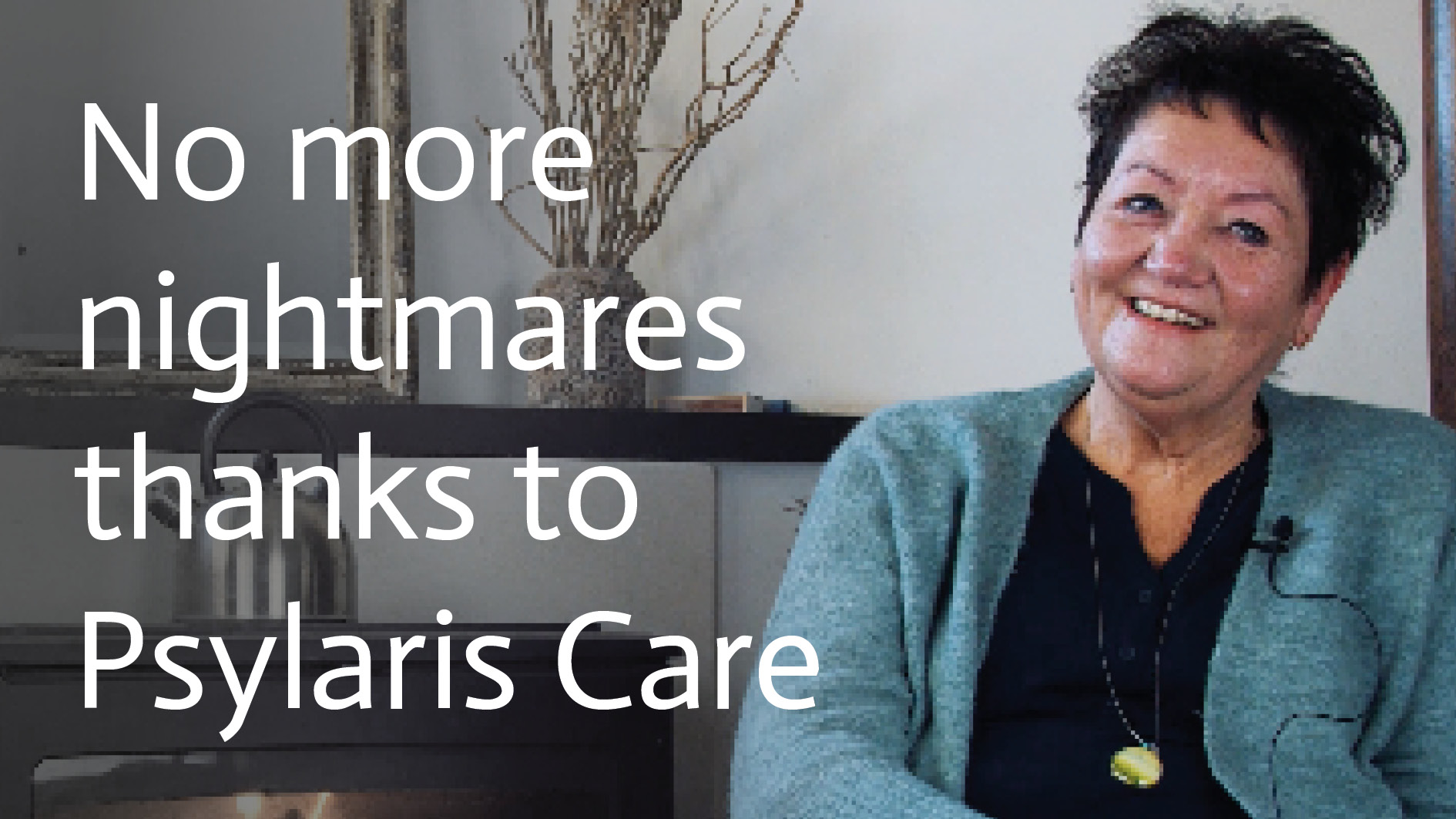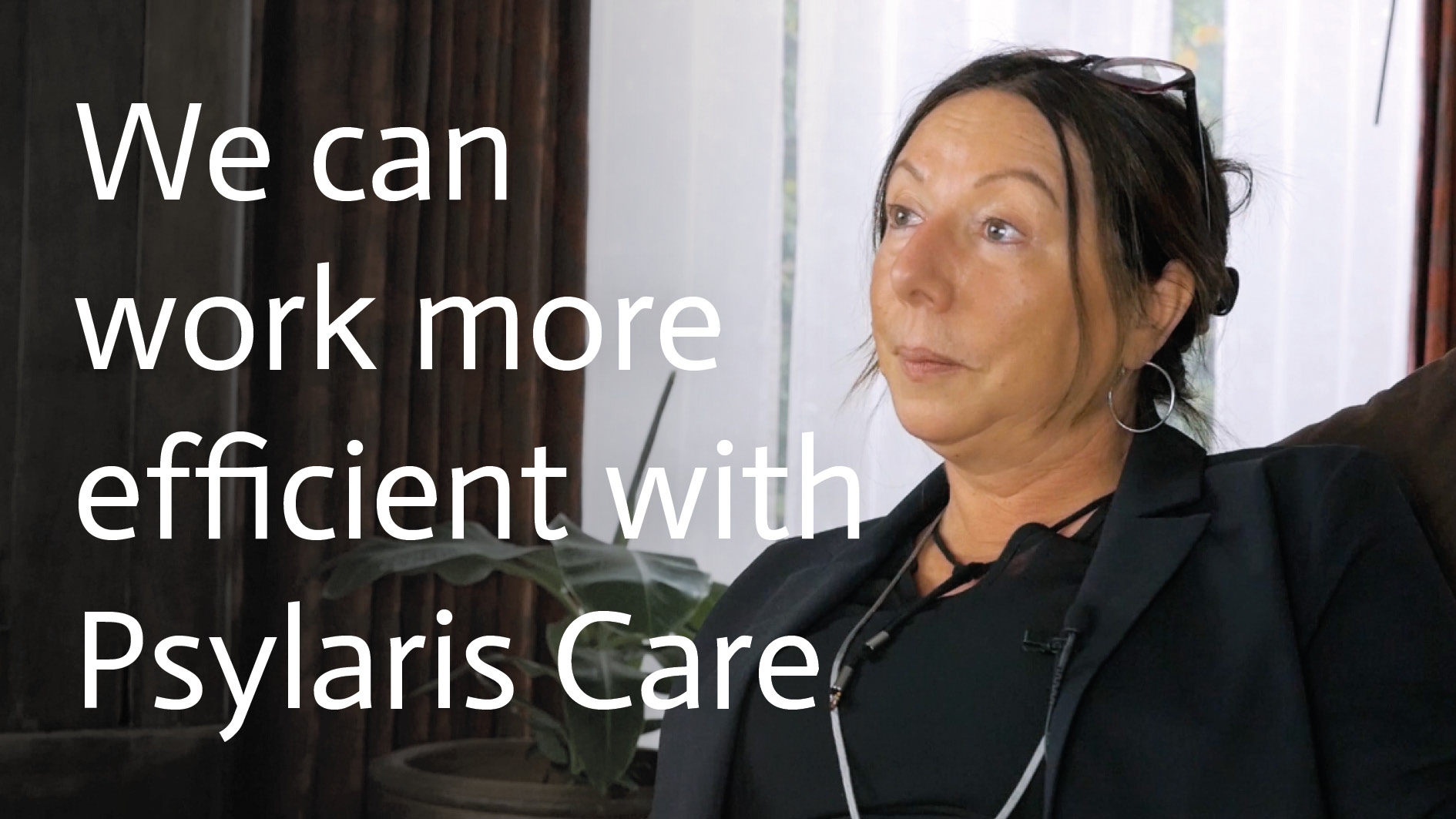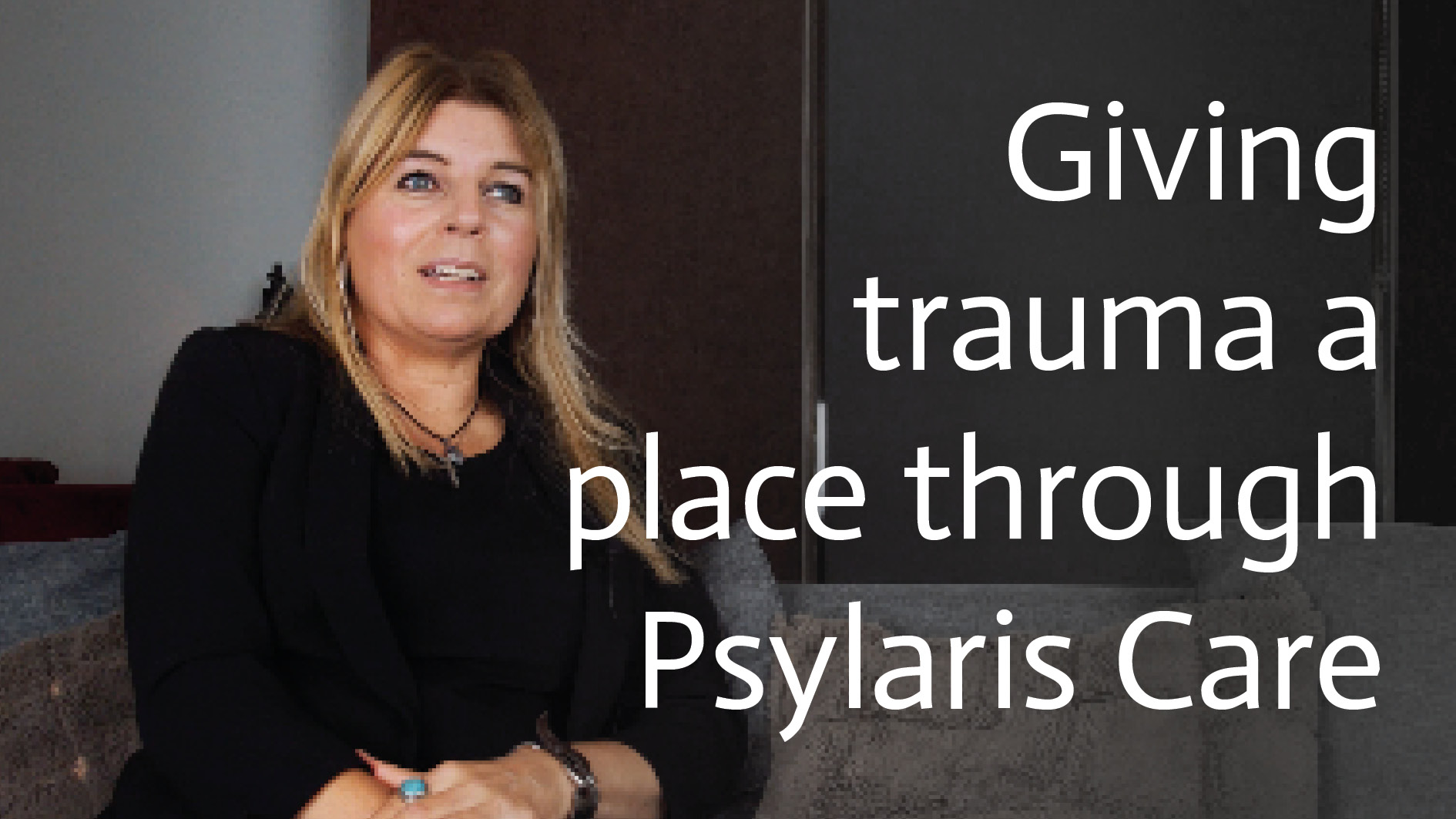Examples of exposure therapy
A traumatic experience can lead to various complaints if it is not processed properly. Ultimately, this can lead to a post-traumatic stress disorder (PTSD), but you can also have developed anxiety disorder or suffer from panic attacks. There are several symptoms to be experienced, but everything can usually be traced back to a traumatic experience. If you do not succeed in dealing with a trauma, it is a good idea to go to therapy. There are various types of therapy that can help you with a unresolved traumasuch as exposure therapy. But what is exposure therapy and how does it help to cope with a trauma?
What is exposure therapy?
Exposure therapy is a form of therapy that is also called confrontation therapy. It is pre-eminently a suitable therapy to apply to someone who has suffered a trauma. People who have had a traumatic experience and are unable to process it may suffer from PTSD, anxiety disorder, panic attacks or have developed a phobia. Exposure therapy is basically about preventing avoidance behaviour. In a safe environment, such as a treatment room, the patient recalls the trauma in minute detail and is confronted with it again. This involves not only the images, but also the feelings and thoughts of that moment. Because exposure therapy consists of several sessions and in each session the traumatic event is consciously recalled, the patient will discover that reliving it does not lead to anything serious. The patient learns that his/her trauma is part of the past and not of the present and by being repeatedly confronted can reduce anxiety.
Exposure therapy PTSD
With post-traumatic stress disorder (PTSD), the traumatic event is not processed and is repeatedly relived like a film. There are numerous other complaints that can be mentioned with PTSD, such as being irritated too quickly, being anxious, having a Depression or avoiding certain situations, so that social isolation is lurking. Exposure therapy is very suitable for PTSD. During exposure therapy PTSD the patient will relive the trauma at each session. After a few sessions, this will lead to habituation and the fact that the patient is in a safe environment will make it easier to bring up the trauma again. The patient will also realise that avoiding fear is actually no longer useful and will allow certain situations to occur.
Exposure therapy anxiety
Anxiety after a traumatic event is a common problem. An anxiety disorder has a major impact on a person's life. Closely linked to an anxiety disorder is a phobia. For example, a phobia of being in an environment with many people. Exposure therapy is often used to treat both anxiety disorders and phobias. Also in exposure therapy fear applies that the patient is confronted with in this case the fear. Step by step and in each session, the patient is repeatedly confronted with the fear. This does not mean that the fear will actually disappear. It does not have to. Everyone has certain fears from time to time. However, it is important that the patient deals with the fear in such a way that it no longer interferes with daily life and that he or she no longer avoids situations.
Exposure therapy or EMDR?
In addition to exposure therapy to process a trauma, there is also EMDR. EMDR stands for 'Eye Movement Desensitization and Reprocessing'. With EMDR, too, retrieving the traumatic experience is central and is done repeatedly. However, in exposure therapy the patient is mainly made aware of the safe environment in which he/she is, in EMDR the patient is distracted. Meanwhile, EMDR has been scientifically proven as a workable and reliable method. Partly because of the distraction, the working memory becomes overloaded and the patient will be able to think back to the trauma with less and less emotion.
Choosing exposure therapy or EMDR?
Which form of therapy is best for you is mainly for the therapist to decide. Exposure therapy focuses on constant confrontation with the trauma, whereas with EMDR it is all about distraction from thinking about the trauma. Before you start the treatment, you will always have an intake with a therapist, who will be able to tell you which form of therapy is best for you.








